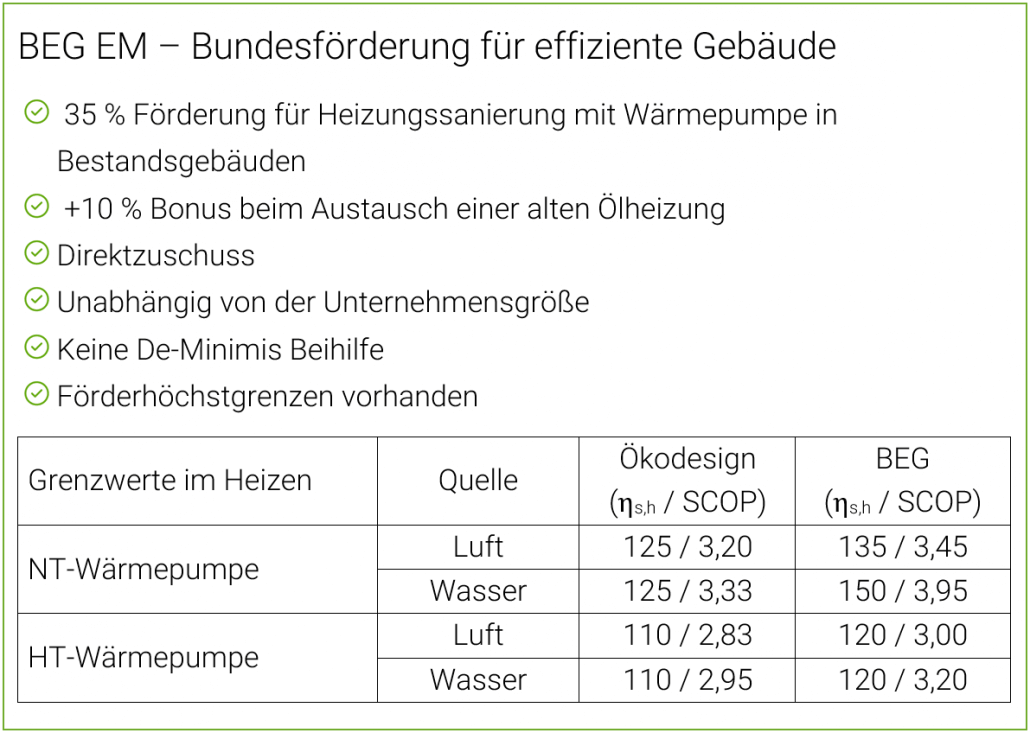Does it make sense to operate heat pumps with propane?
Our presentation at the CCI symposium in Mainz
At the end of September, Skadec was invited to a symposium in Mainz on the topic of “Application of low-GWP refrigerants – synthetic and natural?”. Our Managing Director Dennis Kratschmayer and our Software Development Team Leader Christopher Hammel gave a very interesting presentation explaining to the audience the advantages of the natural refrigerant propane, also known as R290, when used in our heat pumps.
R290 – THE MUST STUDENT IN ENVIRONMENTAL PROTECTION
Natural refrigerants are of considerable importance for the protection of our environment. They occur directly in nature and have low GWP’s. The F-Gas Regulation is imposing ever more restrictive requirements on the use of refrigerants. Propane in particular – with a GWP (global warming potential) of 3 and an ODP (ozone depletion potential) of 0, a model pupil in the refrigerant sector – is ideally suited to the ever-growing demand for cooling and heating thanks to its thermodynamic properties. In addition to the climate-friendly properties of the refrigerant, propane also impresses with its cost-effective availability worldwide. As R290 is not subject to any patents, there are no fees for patent rights. We do not expect immense price increases in the future either, as refrigerant manufacturers will have to increasingly rely on the production of R290 due to the F-Gas Regulation and we therefore expect a large supply.
Experts are also of the opinion that propane is one of the few refrigerants available on the market that is future-proof in the long term. But why is that actually the case?
SUSTAINABILITY R290 VS. R32
A comparison with the synthetically produced refrigerant R32, which is used in very similar applications to R290, clearly demonstrates the low environmental impact and optimum efficiency of R290. This is also known as the TEWI (Total Equivalent Warming Impact) comparison, a value used to calculate the impact on the greenhouse effect when operating refrigeration and heating systems. In our example, we assume a heat pump with an output of 400 kW and an adjusted refrigerant charge of 48 kg for R290 and 85 kg for R32. The different filling quantities result from the specific heat capacities of the respective refrigerants.
Even if one were to assume the same filling quantity (= 85kg) and the same efficiency (emissions from energy consumption cancel each other out) of the two refrigerants for both example systems, R290 shows a significantly better balance in terms of CO2 emissions.
LITTLE EFFORT, GREAT POSSIBILITIES
When looking at the properties of propane, the classification in safety class A3 is striking. This means that it has low toxicity and high flammability. An outdoor location is therefore recommended for installation, as the requirements here are significantly lower than for installation in a machine room in a building. If the installation and secondary hydraulics are planned correctly, R290 heat pumps require virtually no additional work for outdoor installation.
Skadec systems are designed as reversible heat pumps thanks to the built-in 4-way reversing valve and operate according to the cold vapour process. The heat pumps achieve extremely good energy efficiency over a wide performance and application range, even at high and low ambient temperatures. In principle, we use propane for capacities from 30 to 500 kW and can replace conventional refrigerants in heat pumps in this range thanks to its high efficiency.
THE STATE PROMOTES THE SWITCH (only available for projects located in Germany)
In addition to its material properties, propane is also very interesting from a cost perspective. On the one hand, propane is characterised by its cost-effective use in service and operation, and on the other hand, the national climate protection initiative promotes the use of this refrigerant.
In order to achieve the German government’s climate protection targets, the Federal Office of Economics and Export Control (BAFA) has a funding programme for climate protection technologies. This is the Refrigeration and Air Conditioning Directive and the Federal Subsidy Programme for Efficient Buildings (BEG EM). High funding amounts are possible, which we summarise below.
The exact funding depends on the project in question, but in most cases it is worth taking a closer look. We would be happy to support you with the planning and implementation, just get in touch with us.





